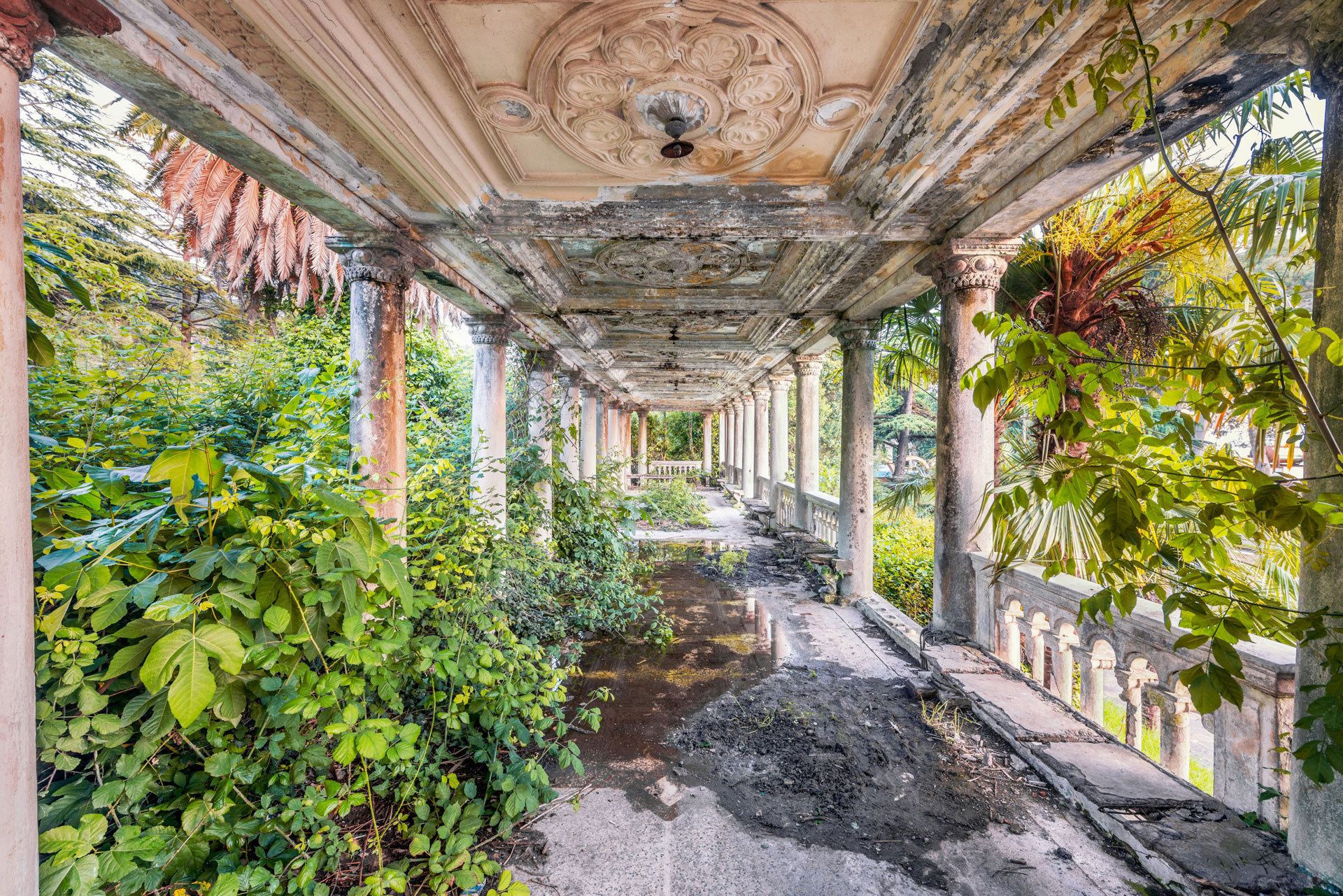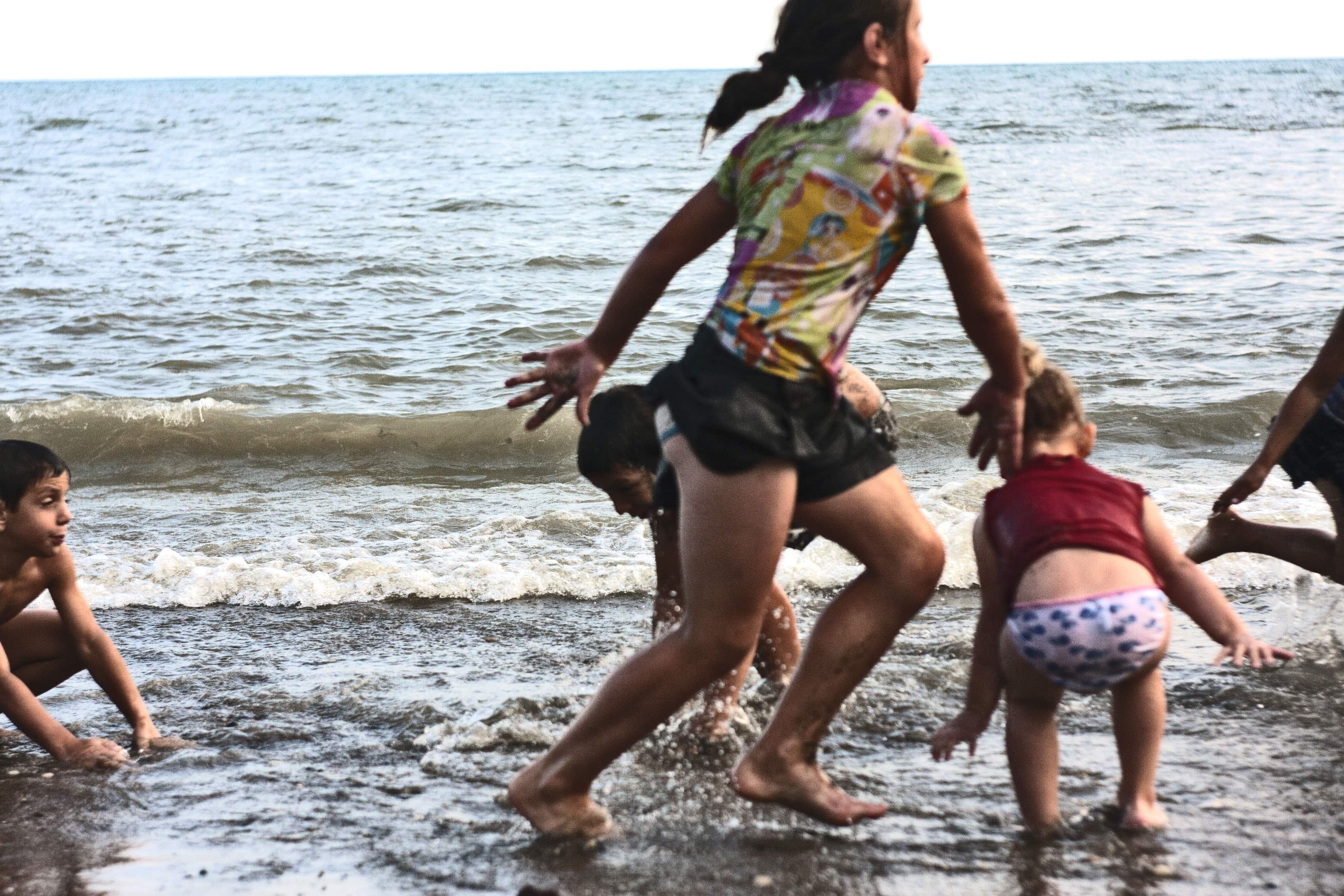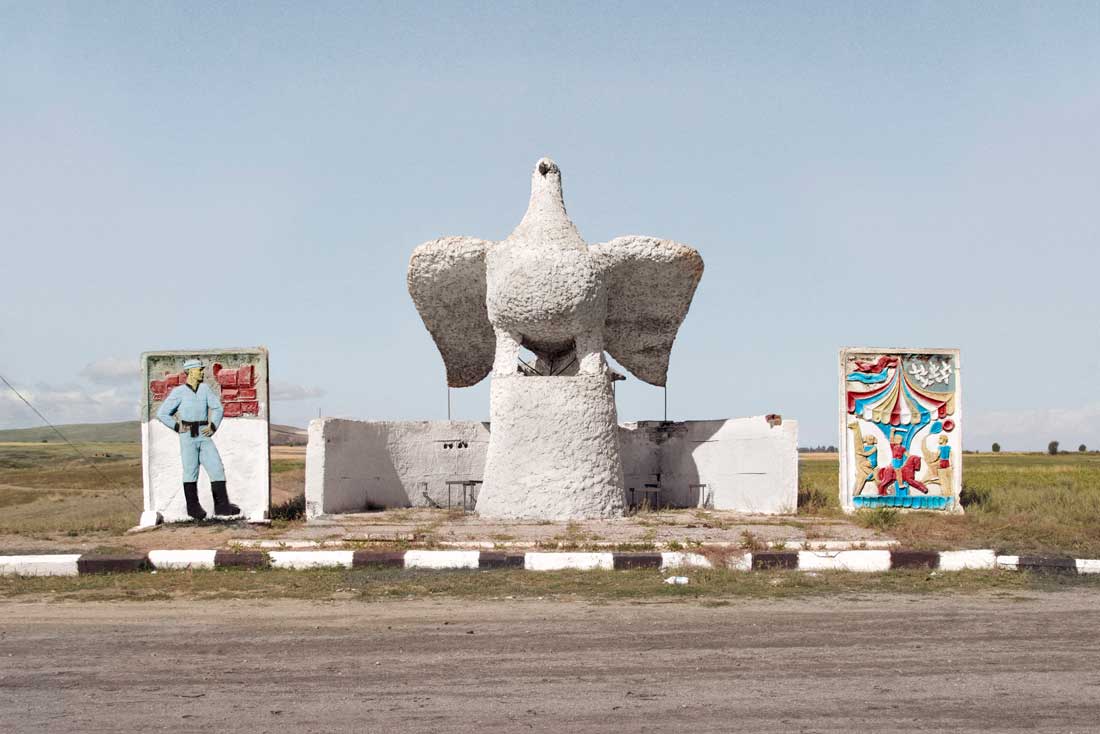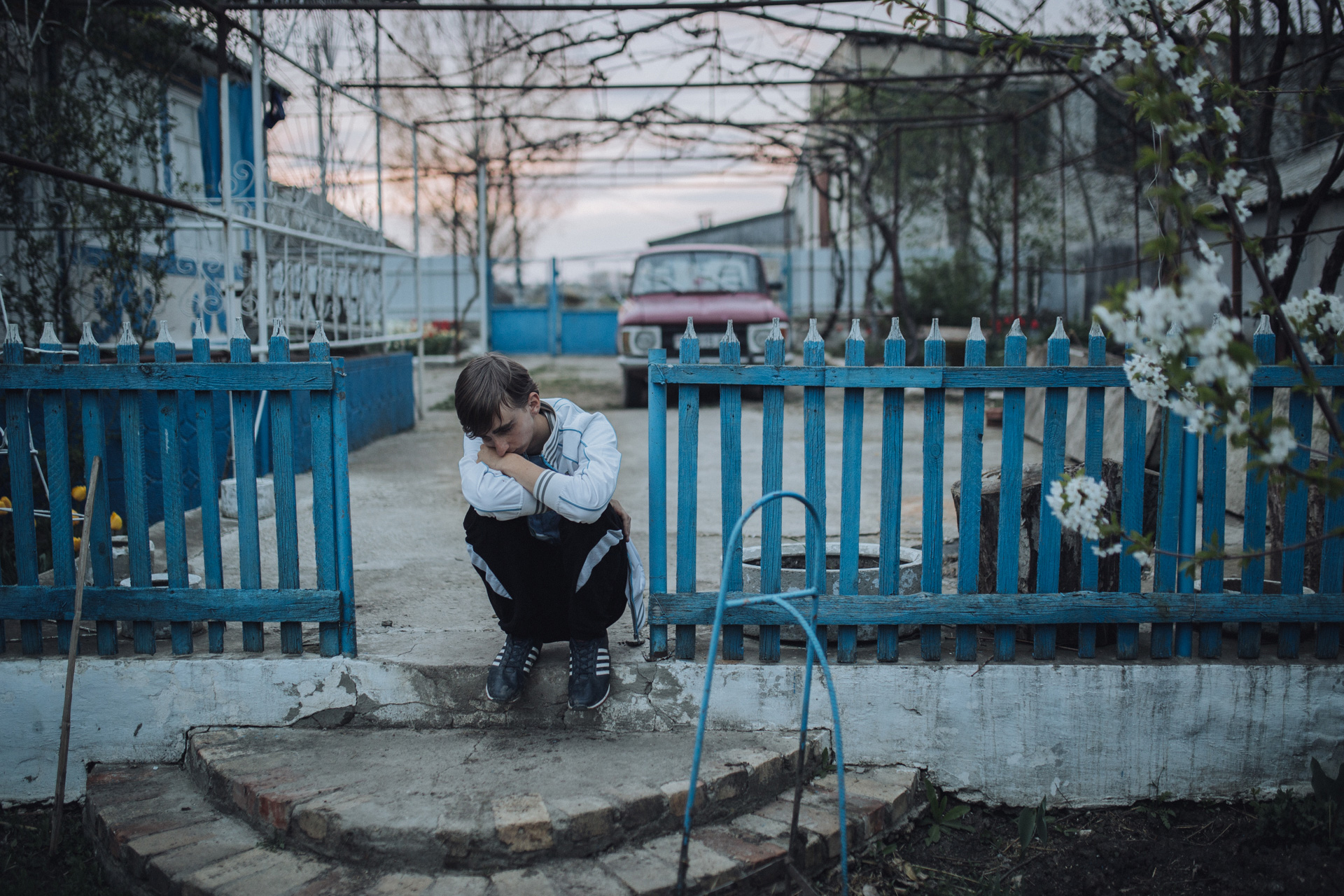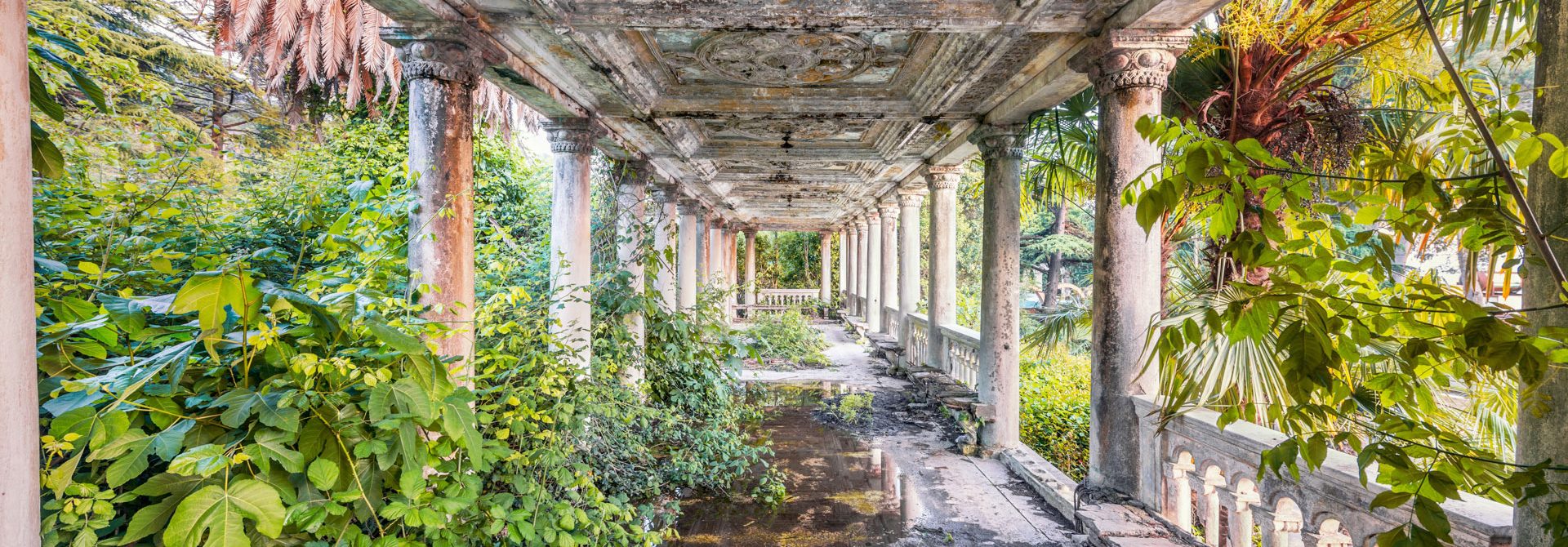
Breaking Through Asphalt: Post-War Abkhazia Architecture in a Project by Aurelien Villette

French photographer. Has worked in over 30 countries, takes interest in civilizational changes in architecture. His series called Structure and Destruction was noted at the SFR Young Talents contest.
— In my previous photo projects, I found abandoned places and tried to challenge people who found out about them through my photographs. I want the viewers to think about the value of those places, their future, and the reason why these buildings started deteriorating.
I was granted a visa for 30 days only, but it was enough to see the cities and the villages, the mountains and the seaside, and take pictures of Abkhazian ruins. One day I was walking on foot from Gali to Psou, and another I was hitchhiking or taking buses. It is not usual for a European to spend this much time in Abkhazia without a guide or a fixer, and it was rather difficult to explain to border guards what we were going to do in the country for a month. I was lucky that the World Football Cup for unrecognized states took place in Abkhazia at the time. This made crossing the border easier for me.
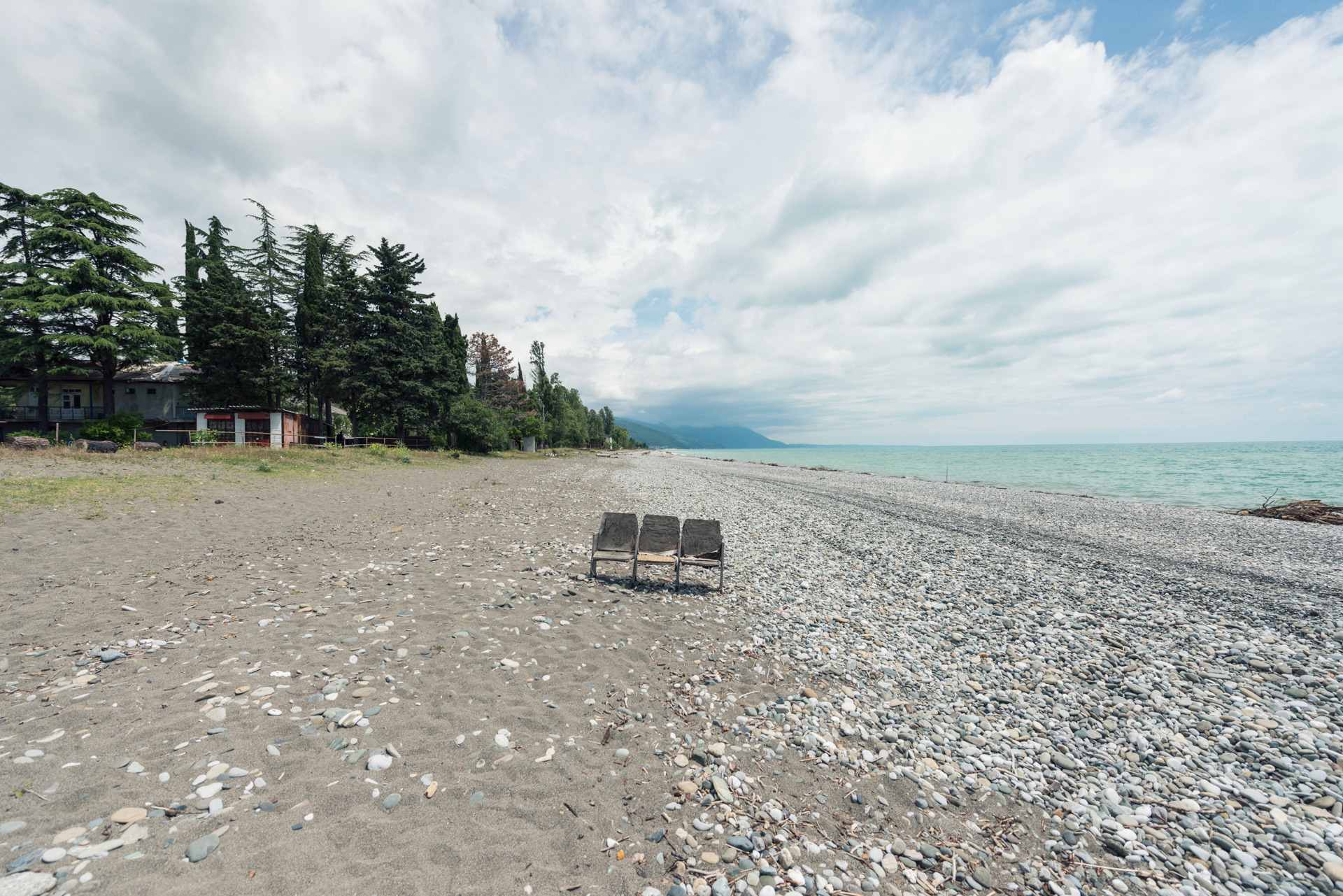
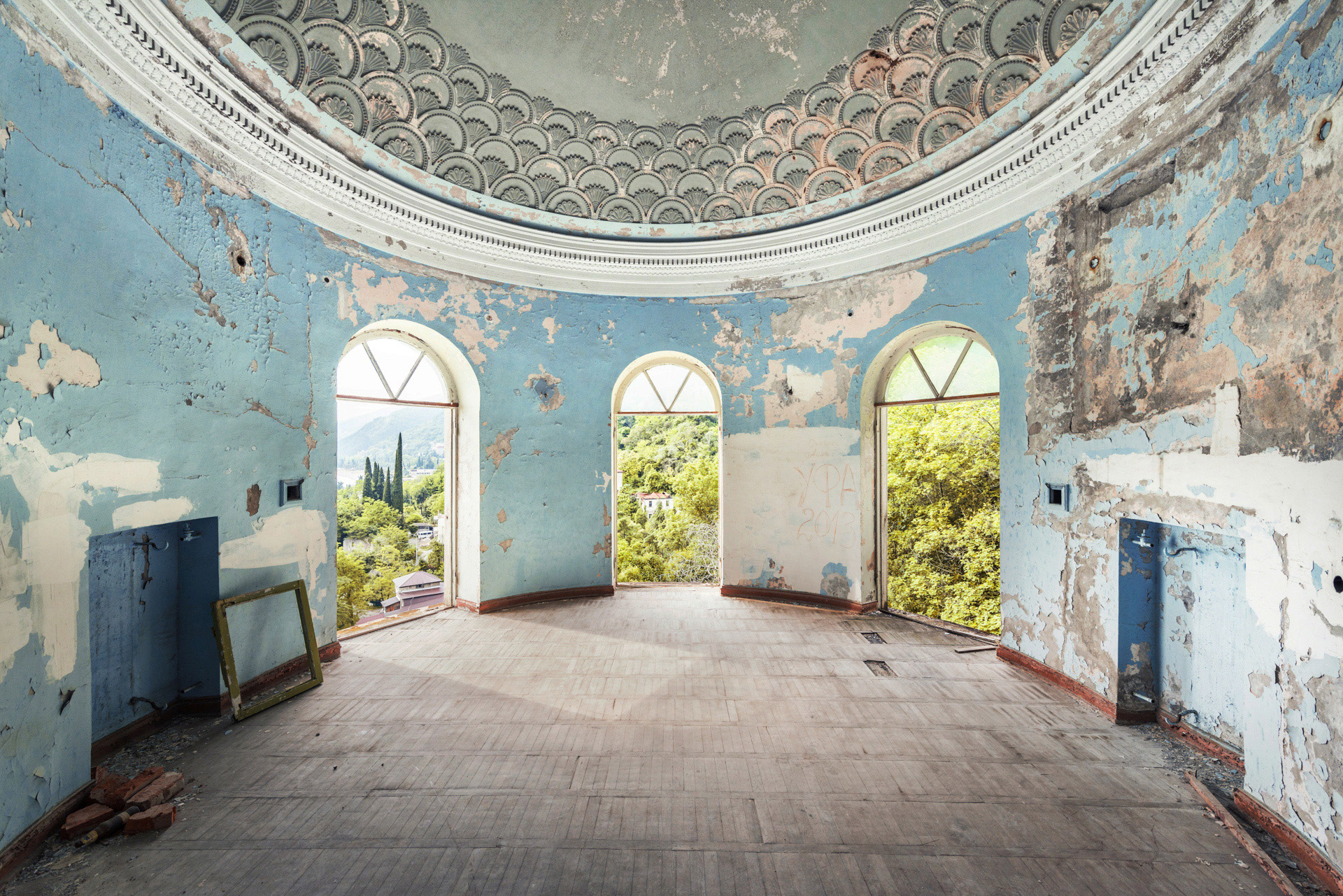
Abandoned resort in Sukhumi
There were some specific difficulties here. For instance, Vardnili Hydro Power Plant can operate only with the permission of both sides, Georgia and Abkhazia. And the international postal service doesn’t work at all. The Black Sea seaside of Abkhazia still has many buildings from the times of the Russian Empire: theaters, resorts, and restaurants. After the collapse of the USSR, when Abkhazia became an autonomous republic, it ended up isolated and closed in on itself. And rich subtropical vegetation only made the deterioration of this rather impressive architecture quicker. So, it became the main subject for me.
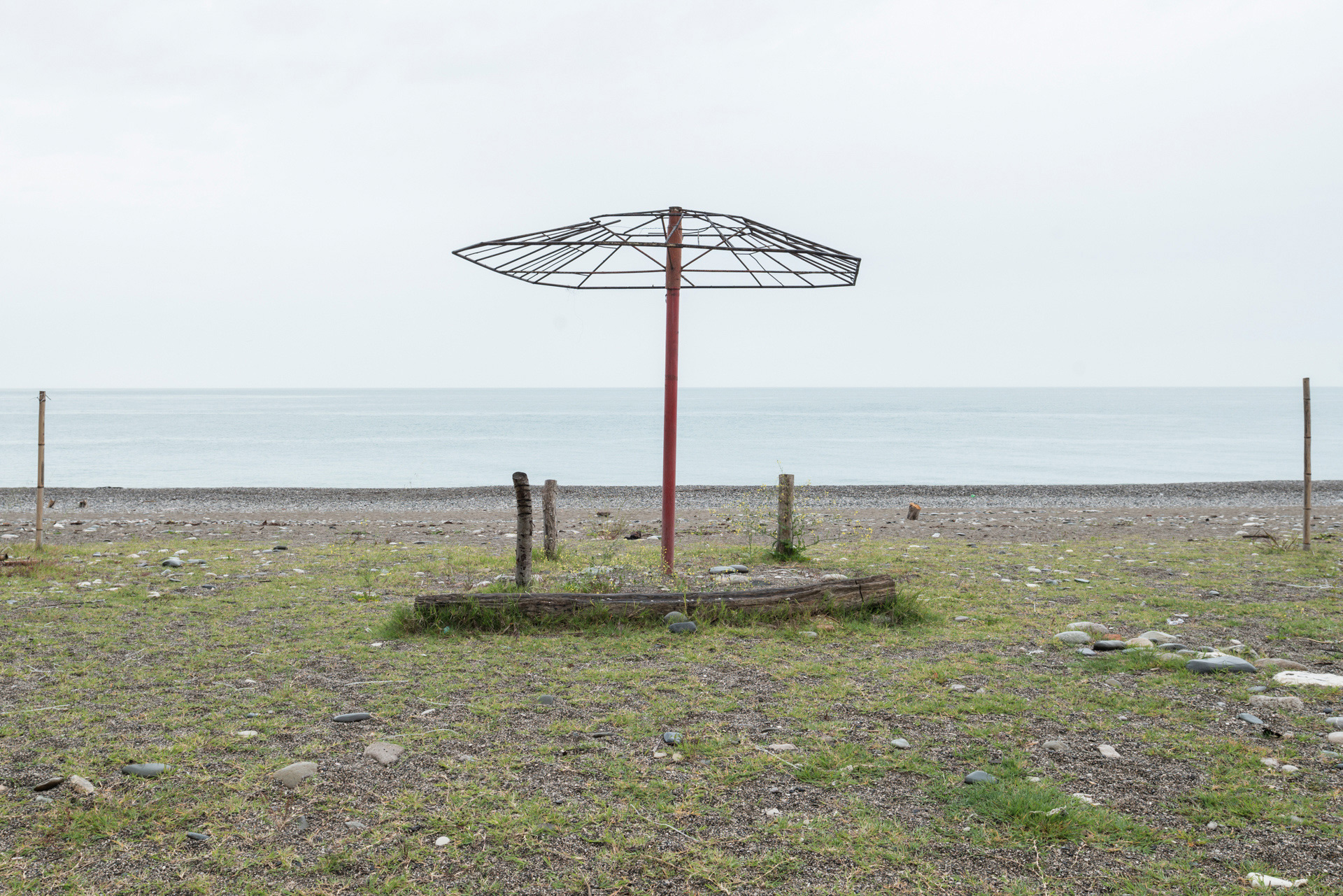
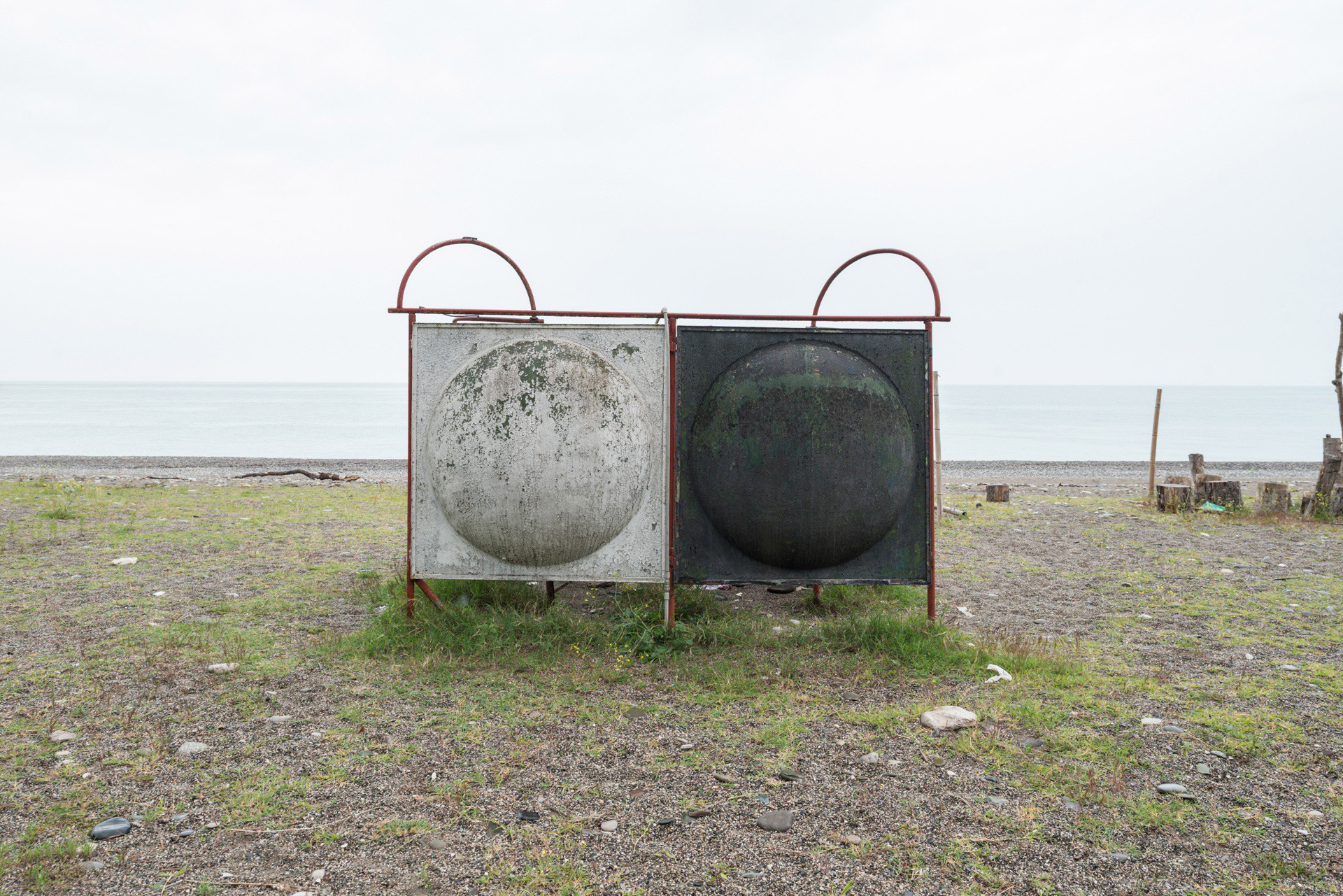
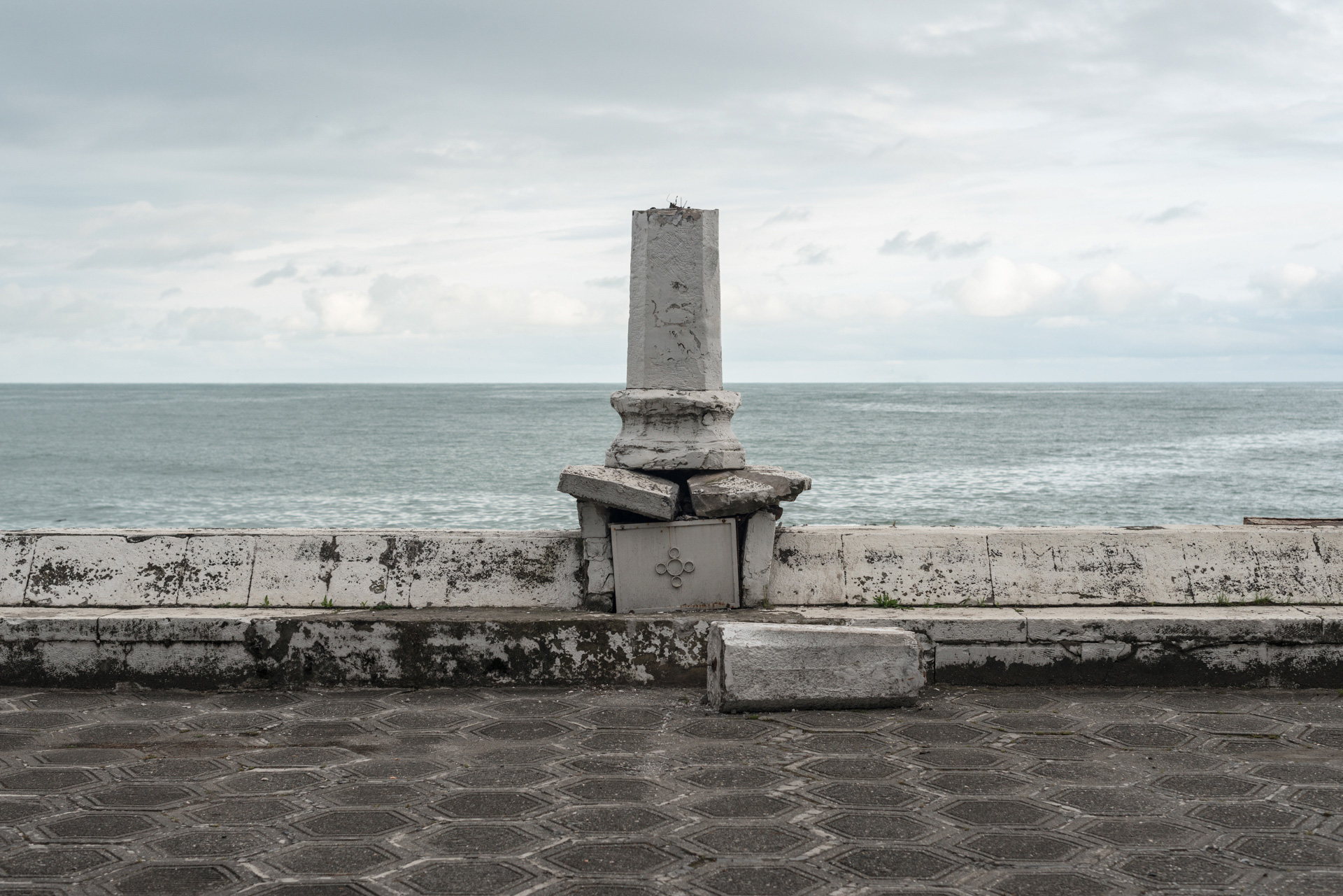
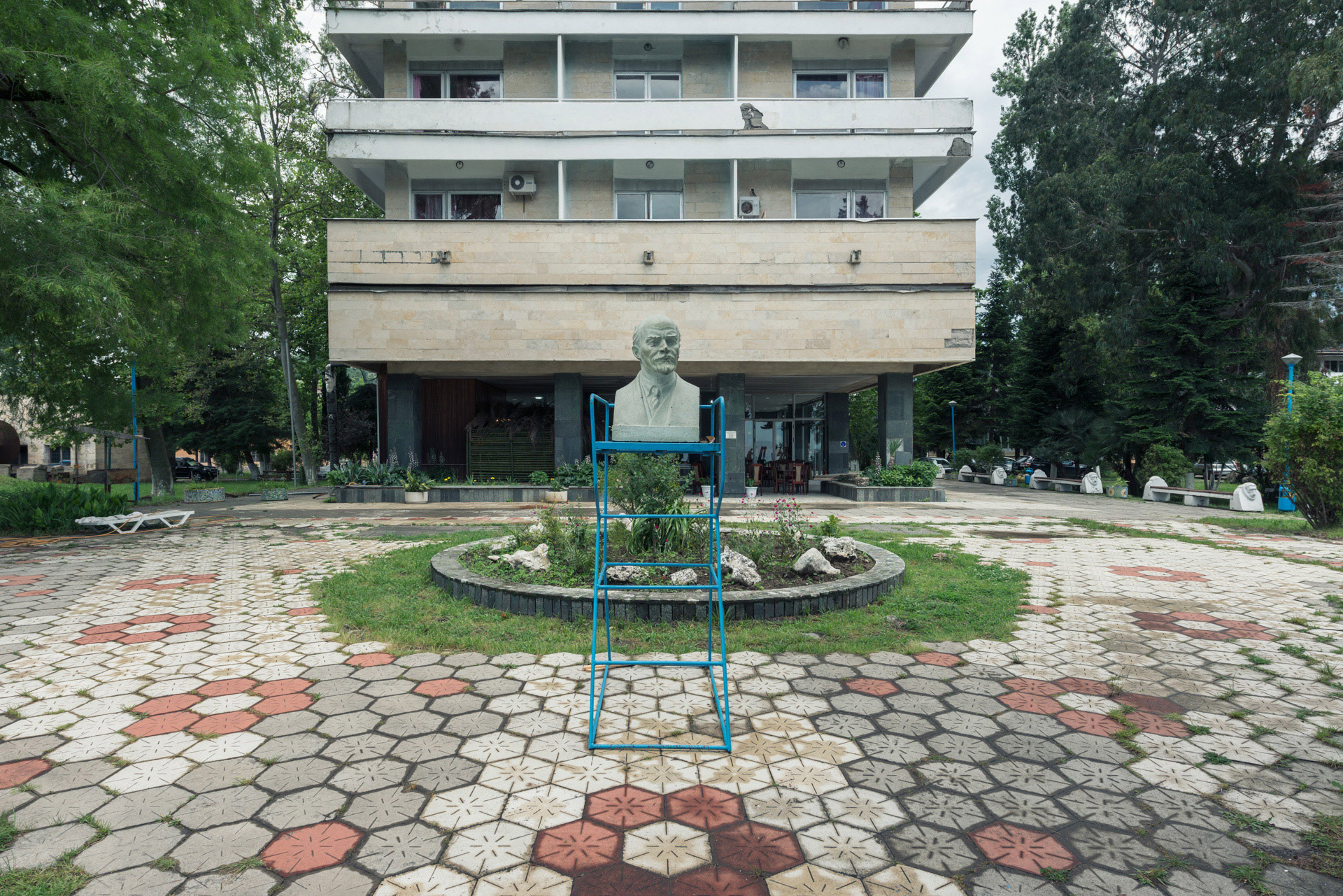
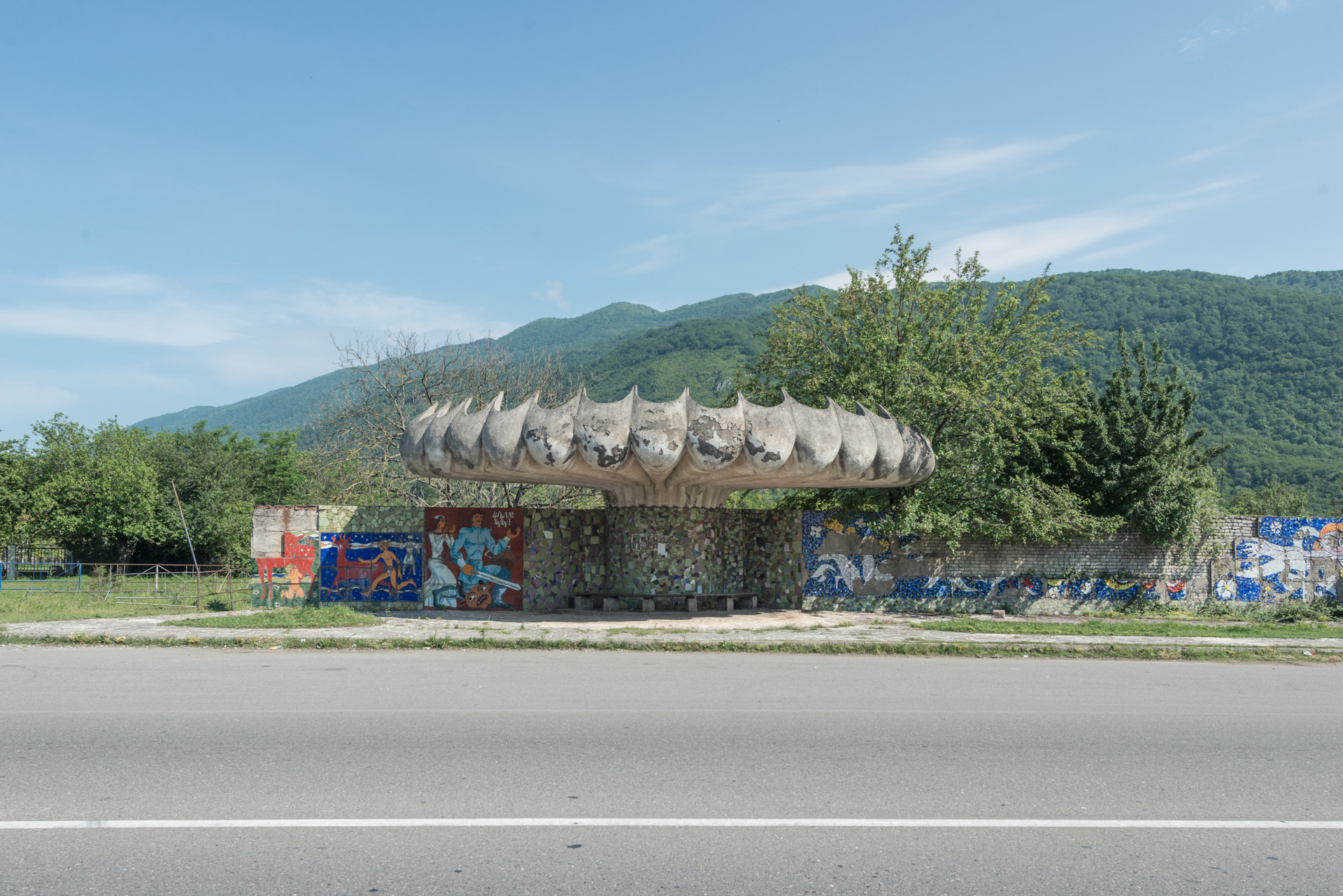
You can see futuristic bus stops all over Abkhazia.
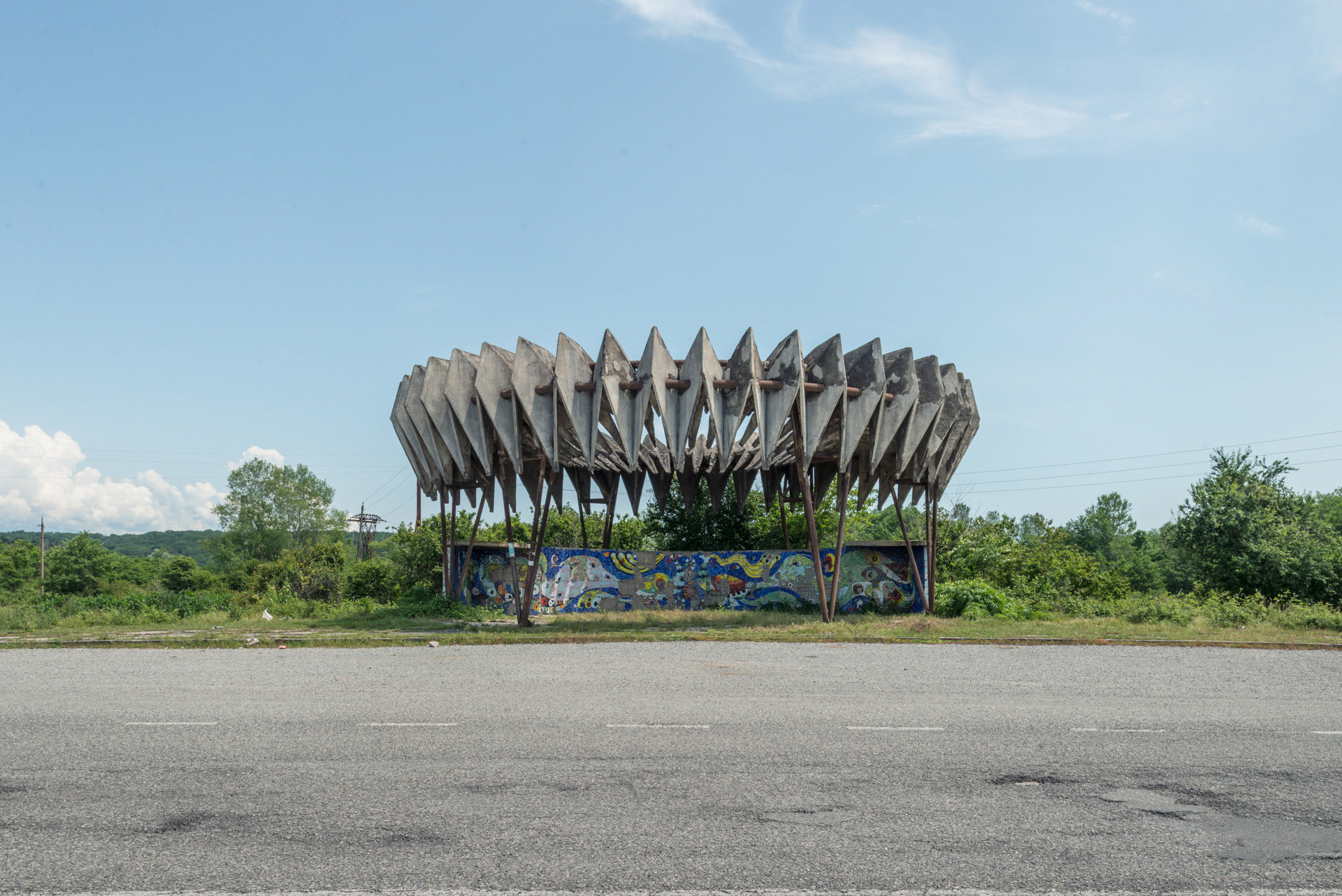
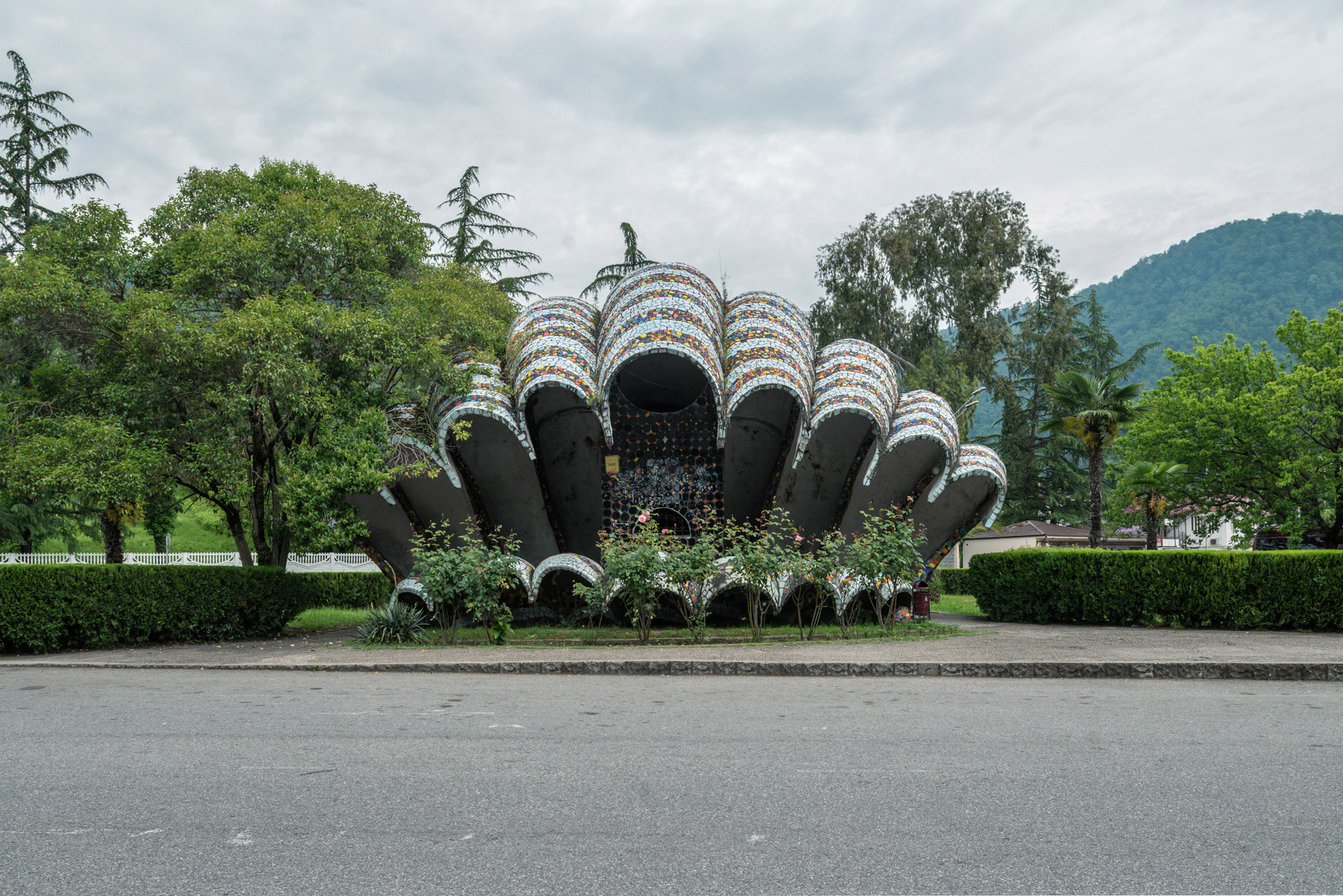
It is easy to imagine Abkhazia being a popular resort: it has amazingly rich vegetation, beautiful landscape and architecture, and great food. The seaside is reminiscent of a postcard from a Soviet resort, only everything is covered in thick greenery. The region can get its former glory back, if the infrastructure is renewed and social and economic conditions change. Abkhazia managed to tidy up the tourist destinations to some extent, but as soon as you travel beyond them, you know that the region has gone through a
Many things in Abkhazia have remained the same over the past 25 years, so this country allows you to find out more about the Soviet Union. You can see buildings in an Empire style here that still house health resorts and thermal spas. There are also many industrial plant shops and railway stations that are not being used anymore.
The locals could have demolished all of these buildings. But there must be some message in the wish of the people to preserve the ruins left behind by the military actions of 1992-1993.
Armed clashes between Georgian and Abkhazian military caused by Abkhazia’s wish for independence, which lasted between August 1992 and May 1994, when the peace agreement was signed. The conflict, however, still remains unresolved. After a referendum in 1999, Abkhazia declared its independence, but out of the UN member states it was recognized only by Russia, Nicaragua, Venezuela, and Nauru.
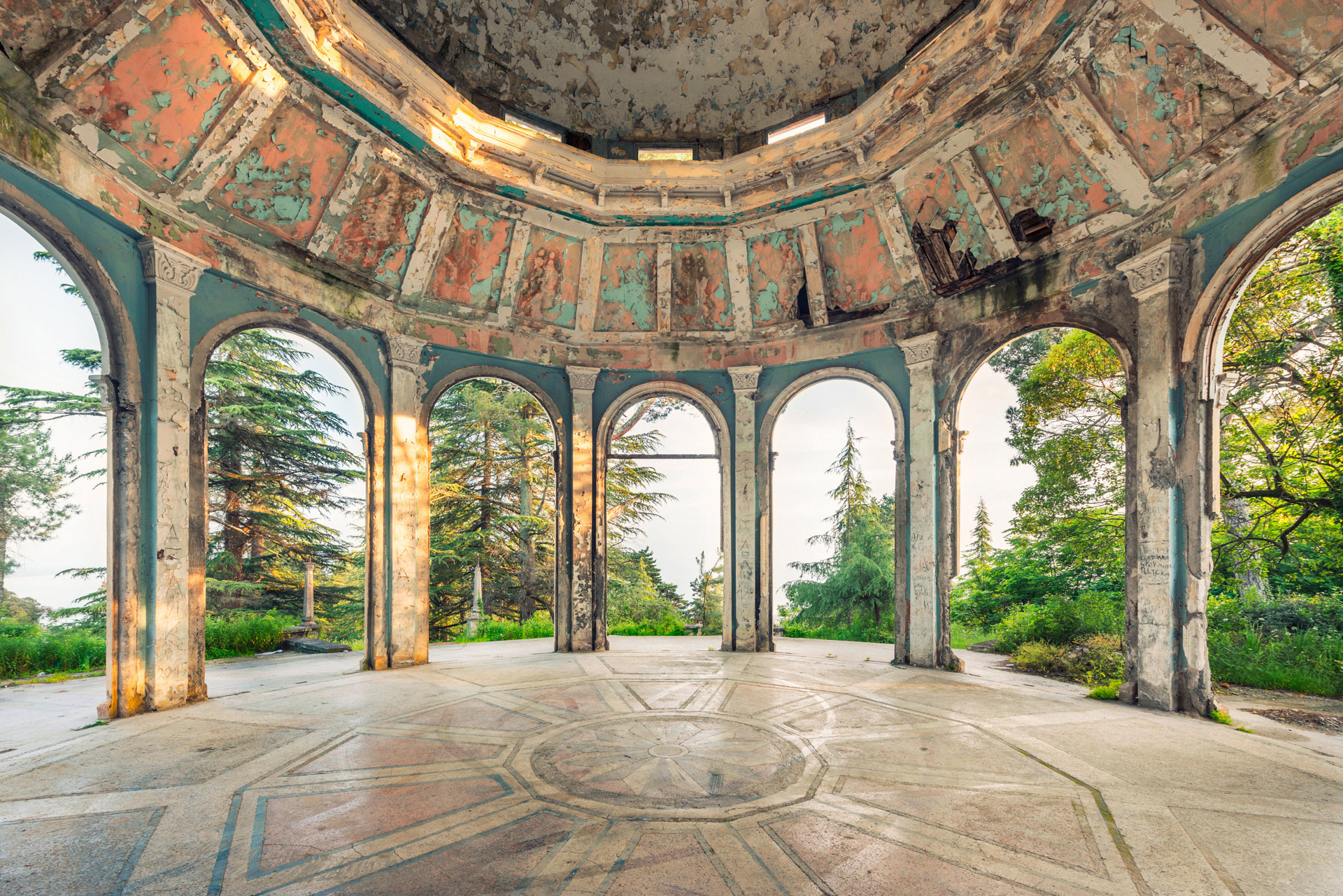
Abandoned restaurant in Sukhumi
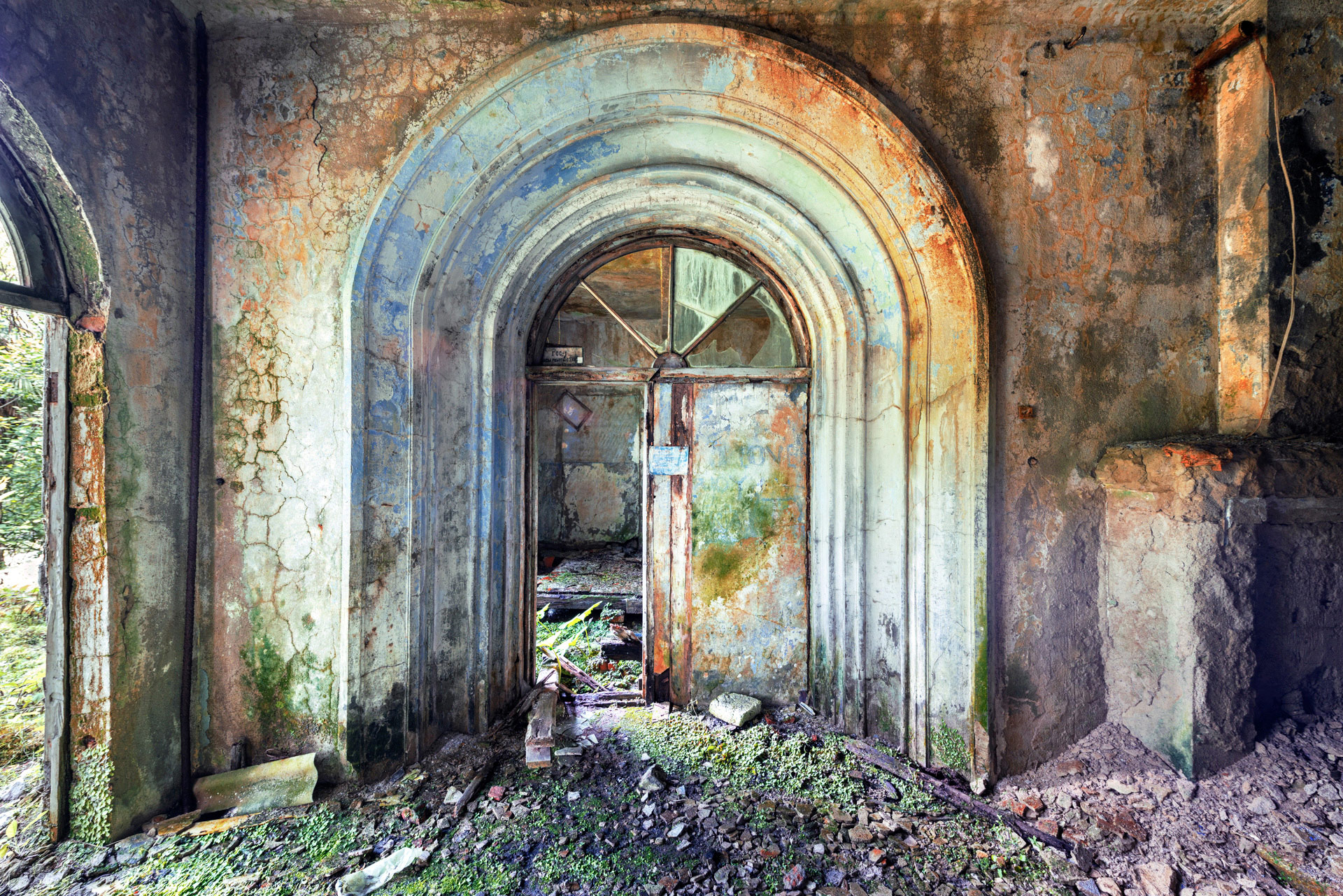
A resort in Tkvarcheli
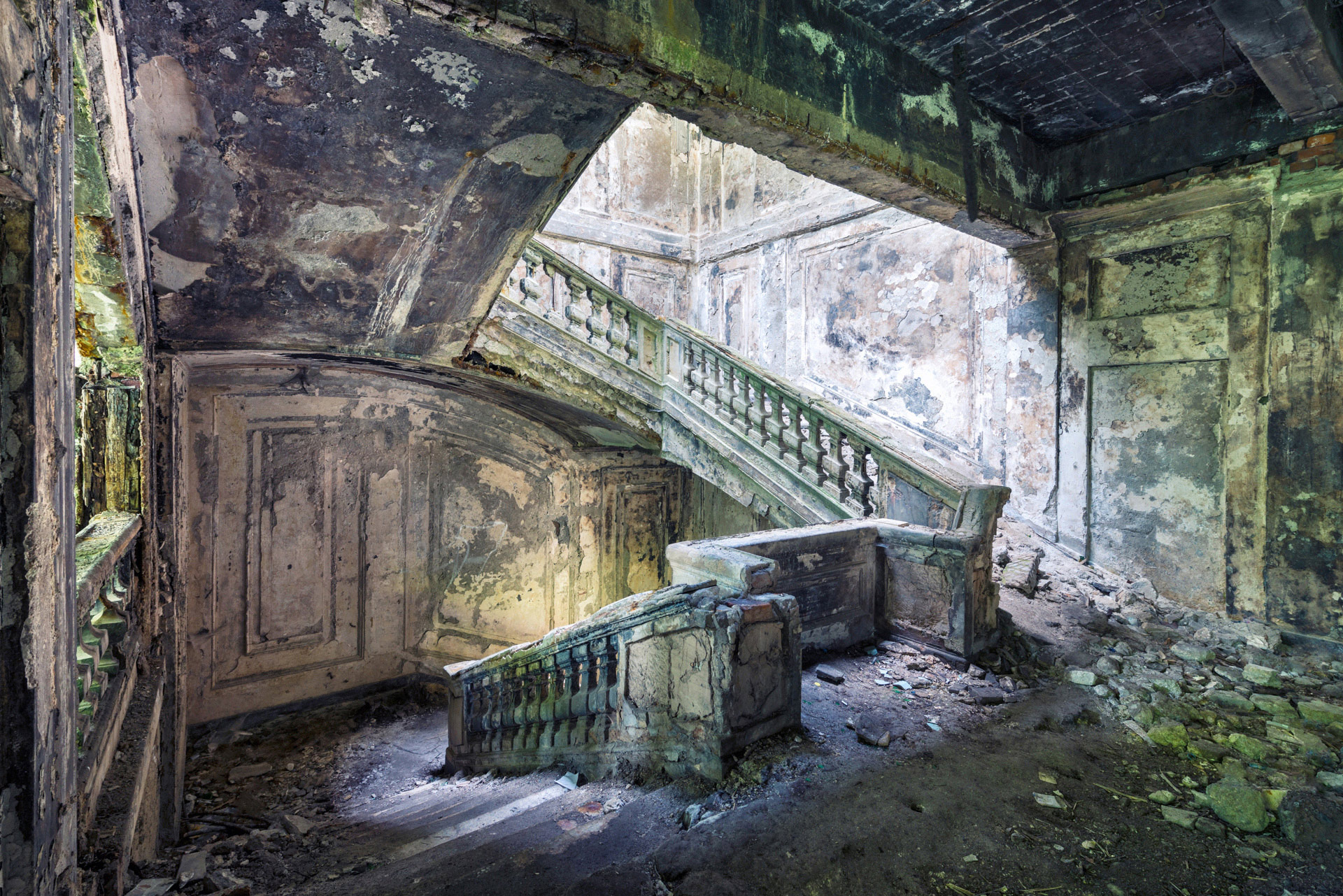
A staircase in the building of Abkhazia’s parliament in Sukhumi
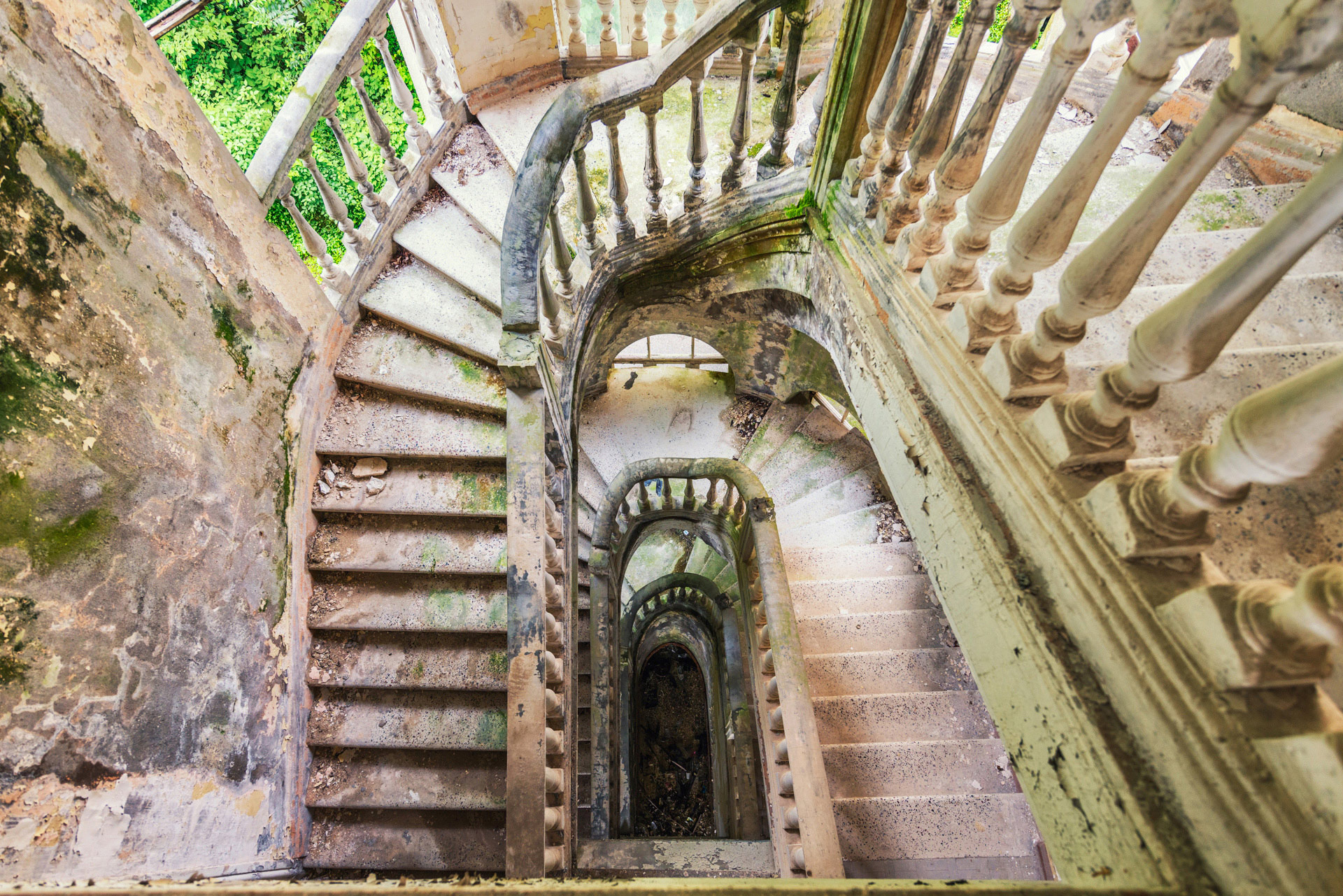
A staircase in a resort in Gagra
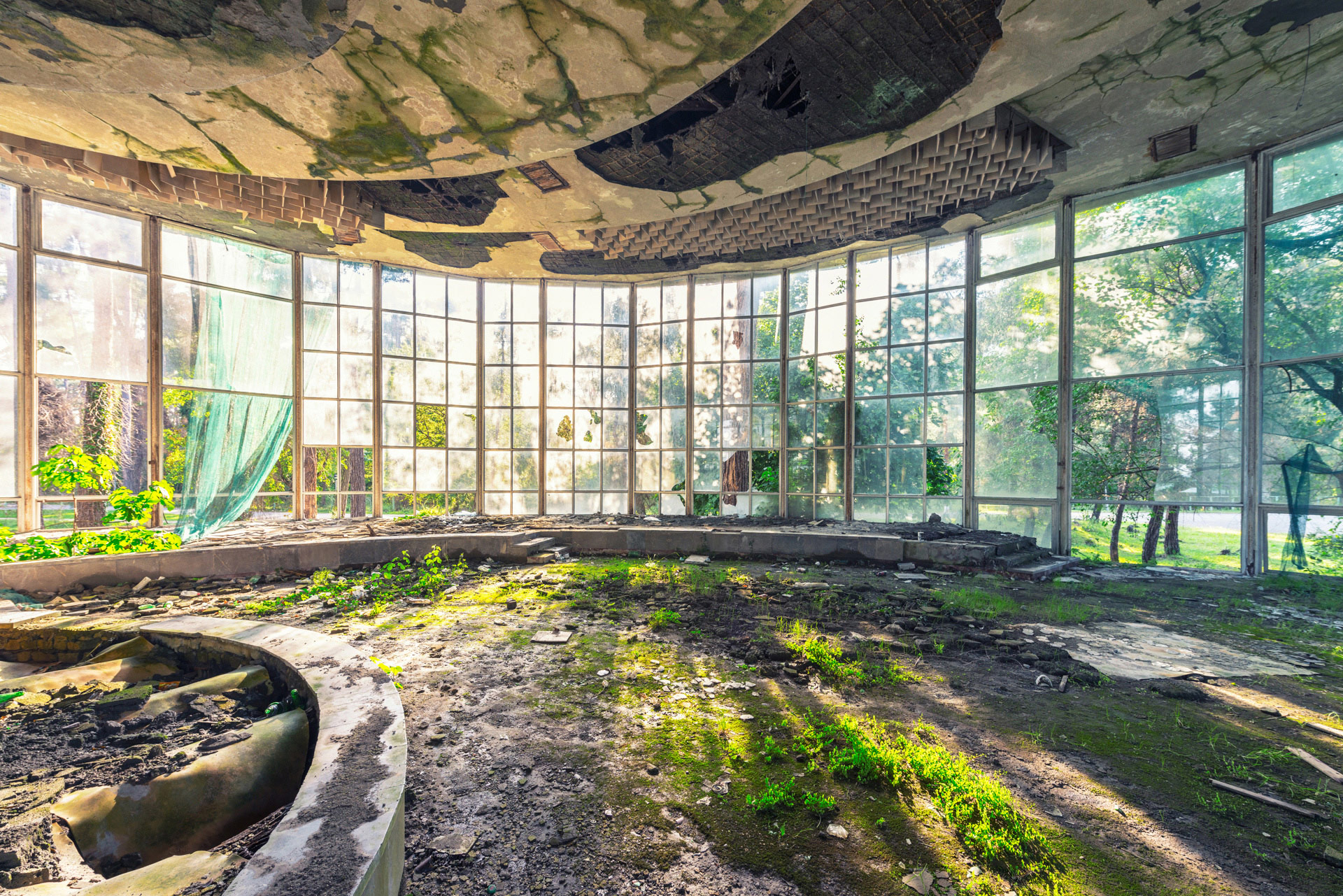
A former cafe building in Pitsunda
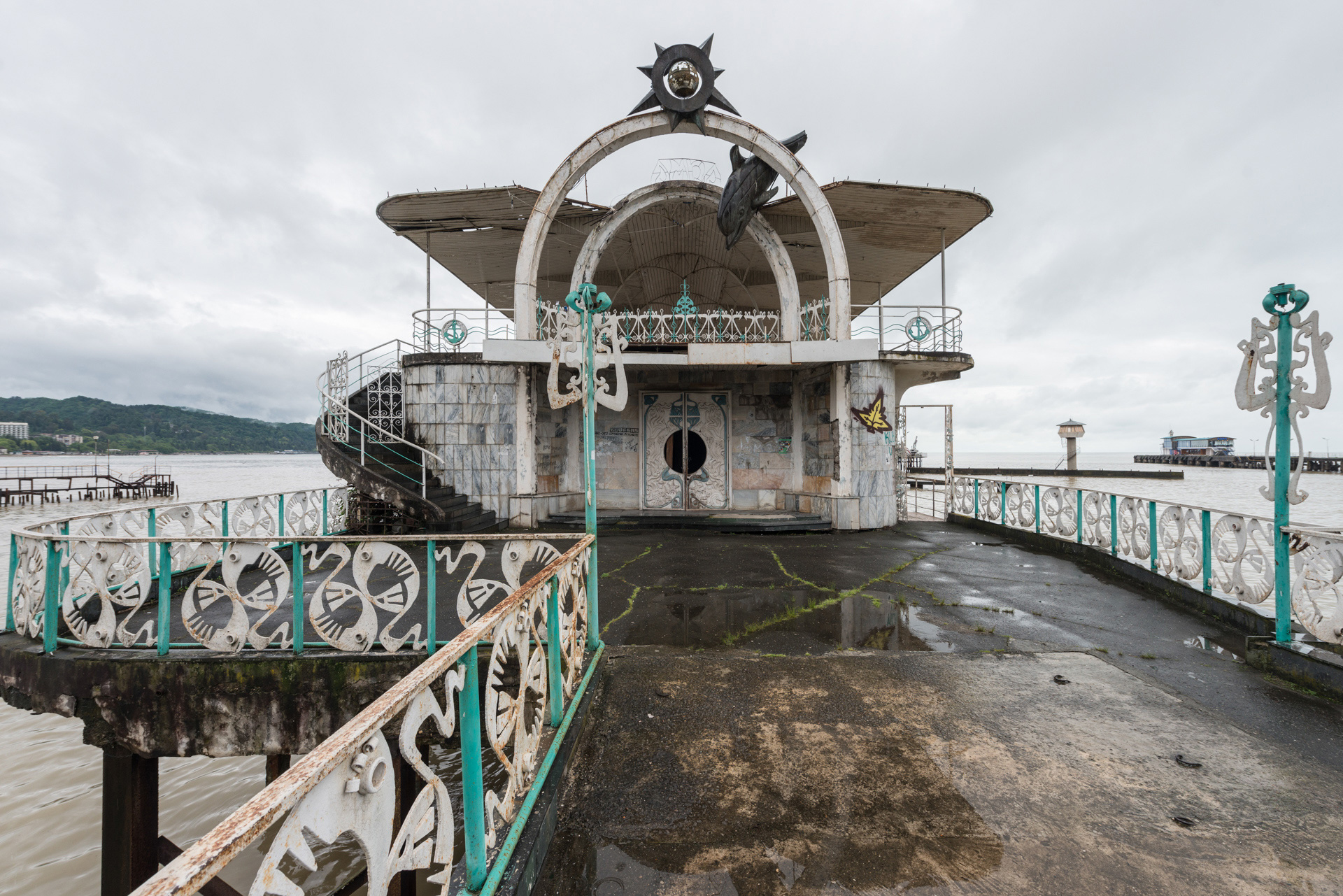
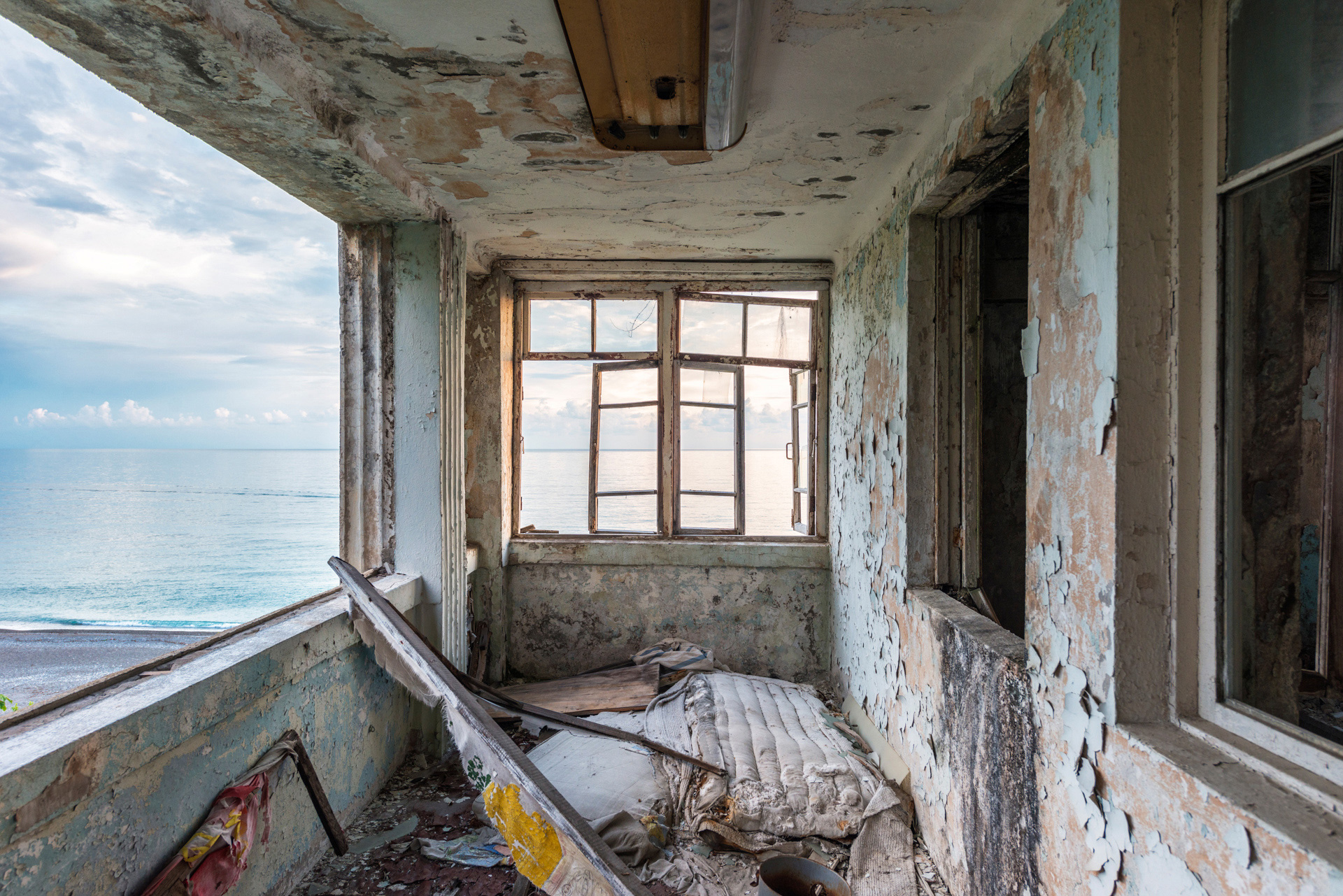
A view on the Black Sea from an abandoned building
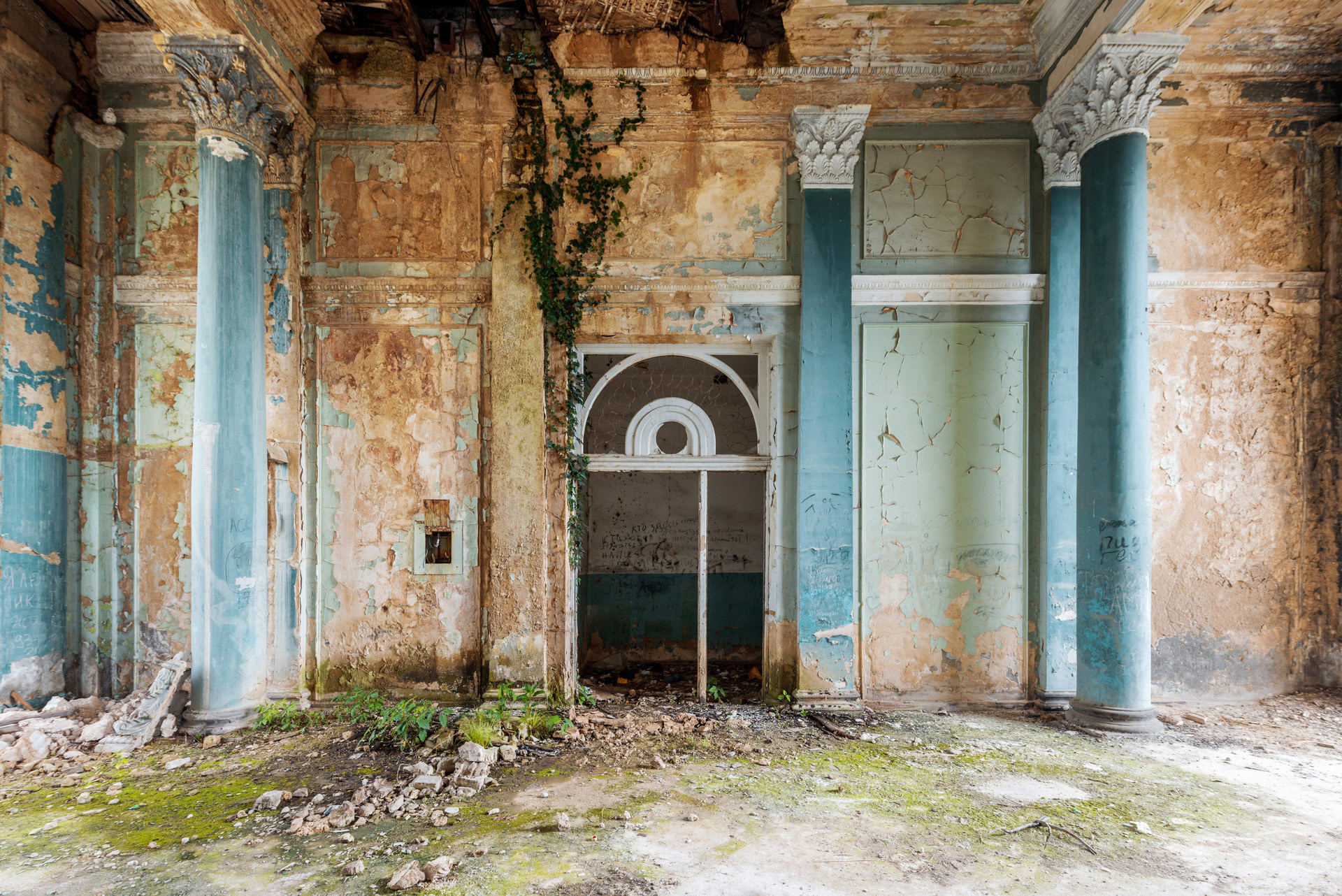
A railway station in Sukhumi
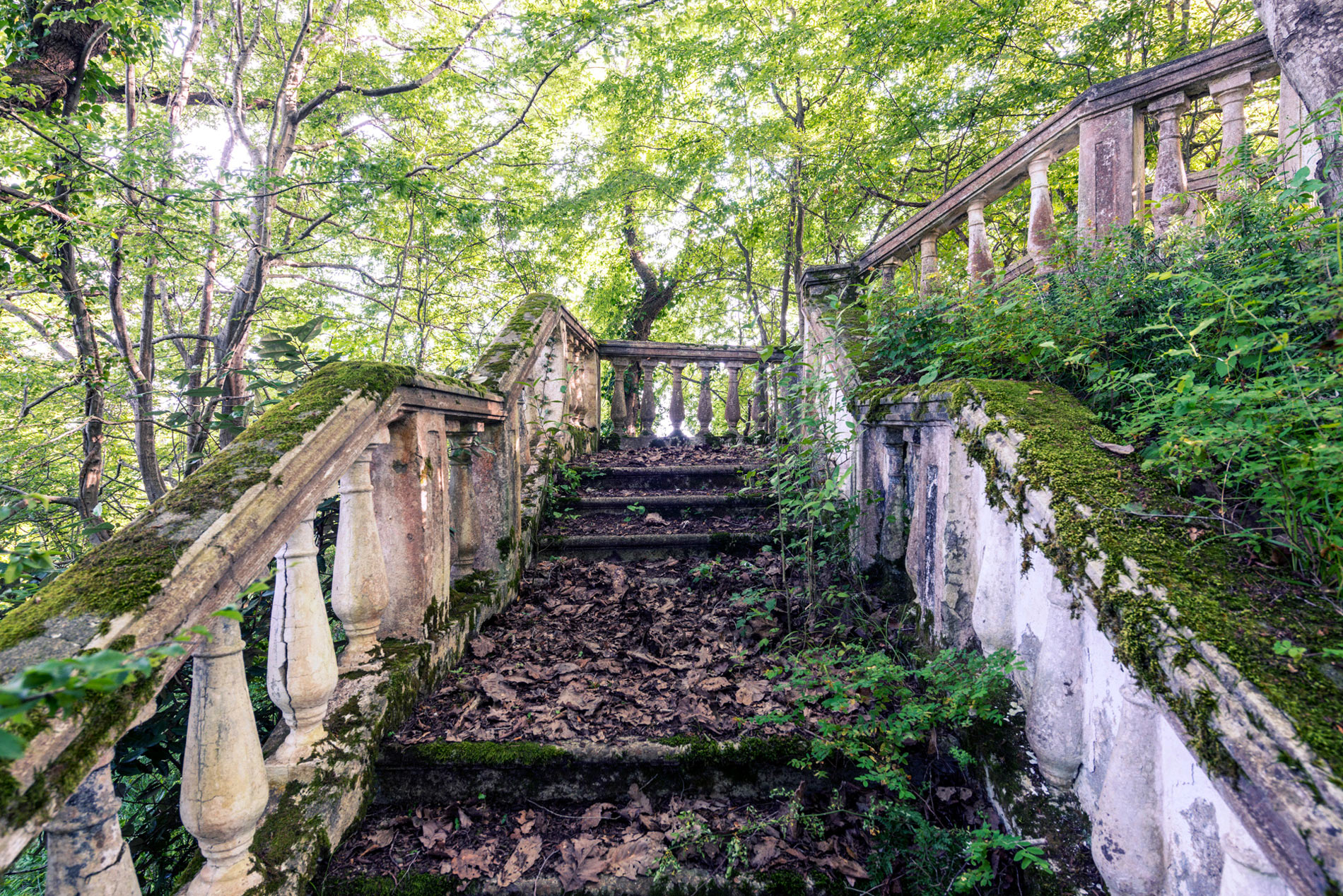
A staircase at the training base built for 1980 Olympics
